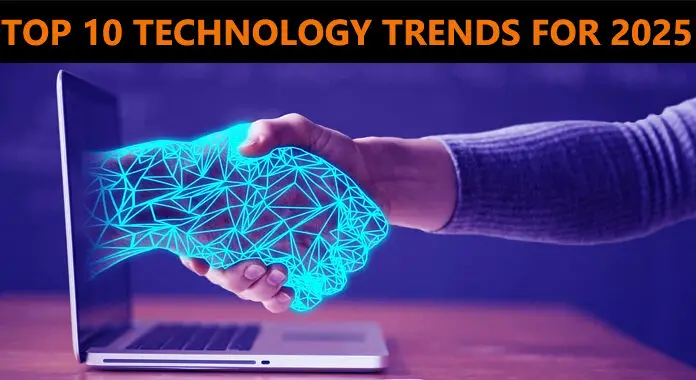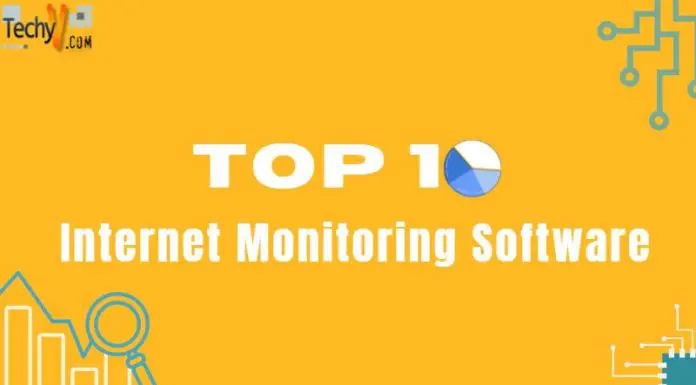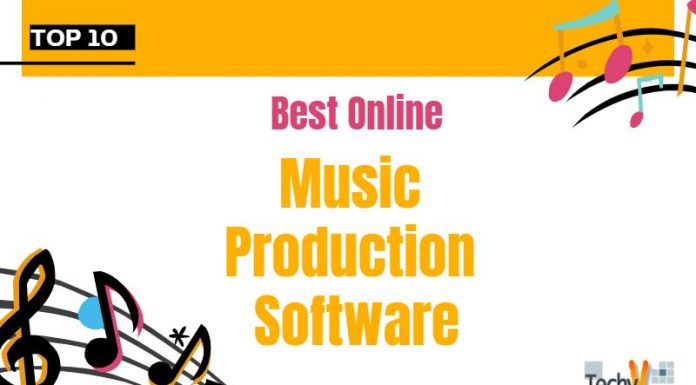Archive
As global energy demand continues rising, renewable sources provide a sustainable solution to meet needs without further environmental damage. Solar and wind dominate growth currently, yet trail fossil fuels supplying just 12% of total use. While obstacles like intermittent generation and constrained suitable geography slow adoption, remarkable innovations tackle prior limitations. Cross-sector coordination also aids grids in handling variable inputs. Multiple technologies now reach cost-competitiveness with conventional options. Recent advances make clear that renewables present far more than a niche green solution, rather the inevitable future mainstream energy backbone. This transition brings profound global ripple effects. I outline the...
Read moreGPUs, graphics processing units, have become integral for machine learning workflows. Compared to CPUs, GPUs handle parallel computations better suited for neural networks underlying deep learning models. Across test cycles spanning computer vision, natural language processing, and recommendation systems, GPU acceleration reduces training times manifold. As deep learning permeates into more domains, data scientists and ML engineers pick GPUs warranting both cost and performance for their projects. I outline the top 10 NVIDIA GPUs as of 2023 for machine learning below. The list focuses on dedicated GPUs rather than integrated graphics for gaming or media workflows. It covers a...
Read moreIn the era of smartphone cameras, it is quite interesting that compact cameras are still purchased by some groups of people for capturing beautiful pictures. Though smartphones available today are undeniably capable and convenient enough to be carried during travel. But there are certain unique features and functions that a compact camera possesses that are not found in smartphones. The lens size of the phone’s camera is small, so this is where a “point and shoot” camera is needed. The latest models of these cameras have large sensors, zoom range, and can be controlled manually. The compact, fixed zoom...
Read moreWhat Is Sustainable Technology?
Sustainable technology is a broad term that means technologies that are considered natural resources and inspire the development of society and communities. The innovation’s goals are to lessen ecological and environmental risks dramatically risks and to offer sustainable products. The term sustainable technology is used in many ways:- Substitution
Why Is It Suitable For Business?
Sustainable technology for the environment has the probability of modifying public and private sectors. Sustainable technology reduces the negative environmental and social impact, making... Read moreWhat Is A Data Fabric?
Data Fabric is an end-to-end data inclusion and organization solution comprising architecture, data management and inclusion software, and shared data that helps management organize their data. A data fabric provides a united, persistent user experience and access to data for any member of management worldwide and in actual time.Why Do We Use A Data Fabric?
Any data-centric management needs a comprehensive reach that overcomes the obstacles of time, space, software types, and data locations. Data must be attainable to consumers who need it, not closed away behind firewalls or located gradually in a range of locations.... Read moreWhat Are Autonomous Systems?
Autonomous Systems, such as self-driving automobiles and some robots, are used without the intervention of humans. An autonomous system can achieve a specific set of goals in an alternate environment, collecting information about the environment and working for an extended period without human intervention or control. For example, driverless cars and autonomous mobile (AMRs) are used in warehouses.What Do Autonomous Systems Do?
The virtues of robots and other standard autonomous systems are that they expand upon human abilities. Industrial robot systems improve human performance in terms of strength and speed, but their primary advantages in industrial... Read moreWhat Is Continuous Penetration Testing?
Conducting a penetration test at least periodically means continually accessing your security posture. Continuous penetration testing is a subset of ethical hacking devoted to securing the security posture of your business. It frequently shows the flaws exploited by hackers to breach your management IT bubble. The modern DevOps reach is always facing an ever-changing perimeter and hazard landscape. Continuous penetration testing is essential to respond to it. Here are some factors that can point to a need for continuous penetration testing involve: High-Value Assets: If a company has secure important assets, such as sensitive data or... Read moreWhat Is An Application Security Administrator?
Application Security is developing, deploying, and testing an application’s security features to avoid security loopholes from hazards. It defines the security calculates needs at the application stage to protect the application code and data from cyberattacks. Application security involves software, hardware, and processes to reduce security loopholes. Data Encryption, Antivirus, firewalls, etc. It is used to avoid denied access to the application. It also involves security examinations during the application development and purpose level. It also helps execute various security rules and approaches to secure the application even after the deployment. Application security administrators are... Read moreIT Service Management (ITSM) frameworks provide structured guidance to manage the delivery of IT services end-to-end while optimizing costs. However, simply implementing the ITIL guidelines or processes from your chosen framework is not enough to guarantee ITSM success. Organizations need to embrace core ITSM best practices across people, process, and technology areas to ensure smooth adoption, and stakeholder buy-in, and to drive continual service improvements over time. Across various industries worldwide, the top-performing IT support teams tactically build up ITSM capabilities. As IT leaders and technology executives, we need to focus on specific high-impact areas and master the fundamentals...
Read moreArtificial intelligence infuses modern customer service, empowering companies to strengthen support capabilities. Integrating AI optimizes operations, capturing unified customer data, and applying intelligent automation for efficient issue resolution. As customers expect personalized, seamless interactions across channels, AI-enabled platforms directly enhance satisfaction. Companies should evaluate top solutions to determine ideal fits aligning with specific business needs and customer profiles while considering required development and deployment investments. I outline the top 10 AI-driven customer service platforms warranting strong consideration below. The leading options leverage machine learning, natural language processing, sentiment analysis, and predictive analytics to uncover customer insights, gauge satisfaction,...
Read more










